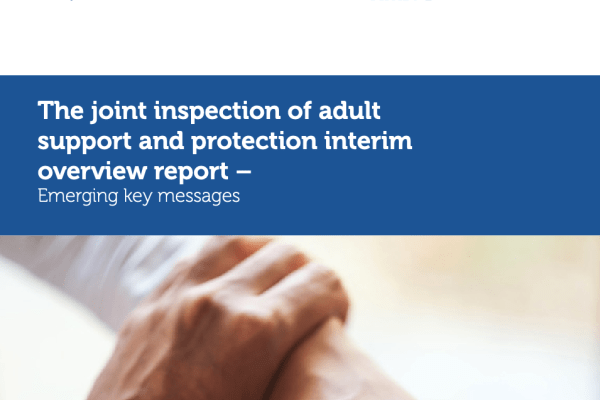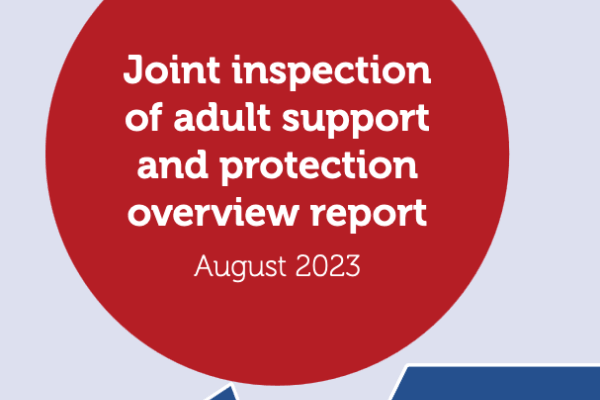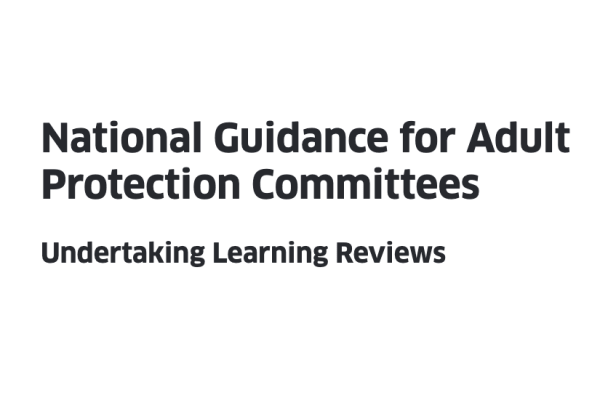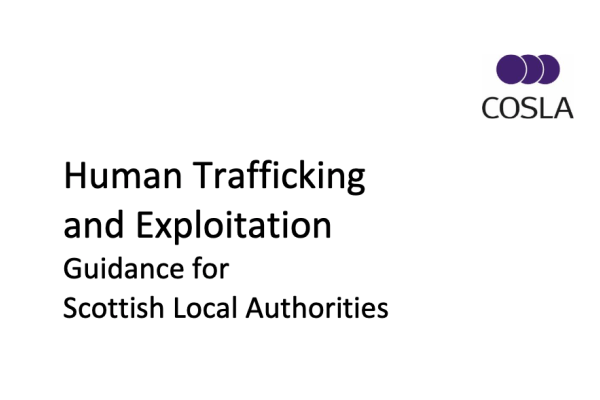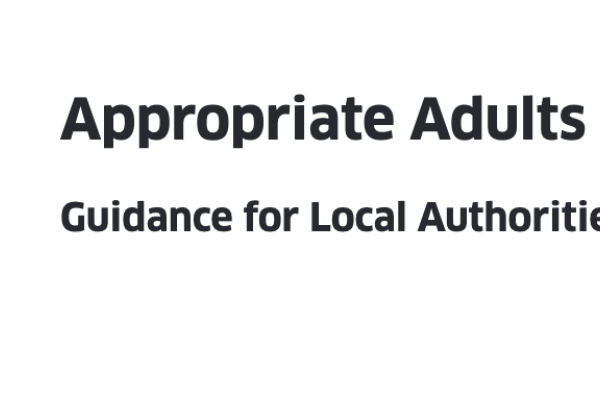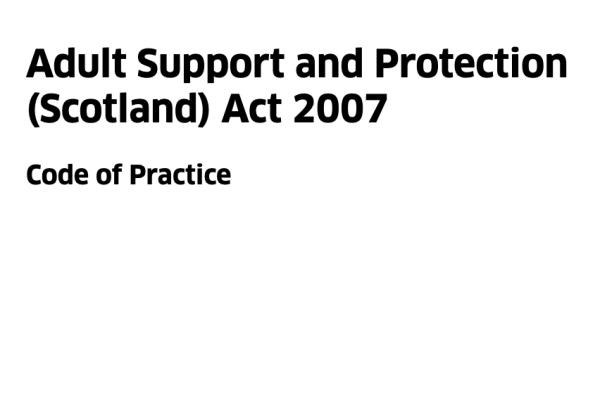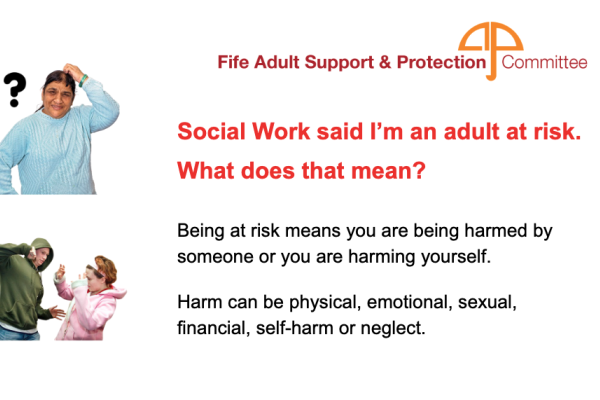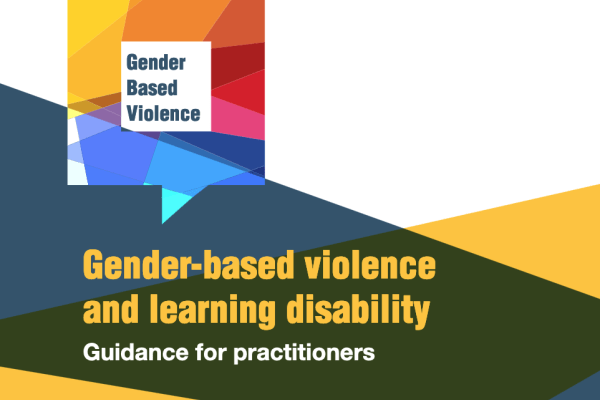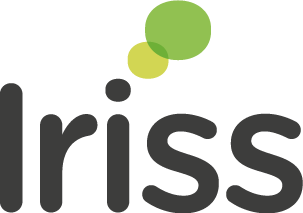The joint inspection of Adult Support and Protection interim overview report: Emerging key messages (Care Inspectorate)
Joint inspection reports provide independent scrutiny and assurance of how partnerships ensure that adults at risk of harm are kept safe, protected, and supported. This is an interim report (from 2022) and can be read in conjunction with the full report (from 2023).
